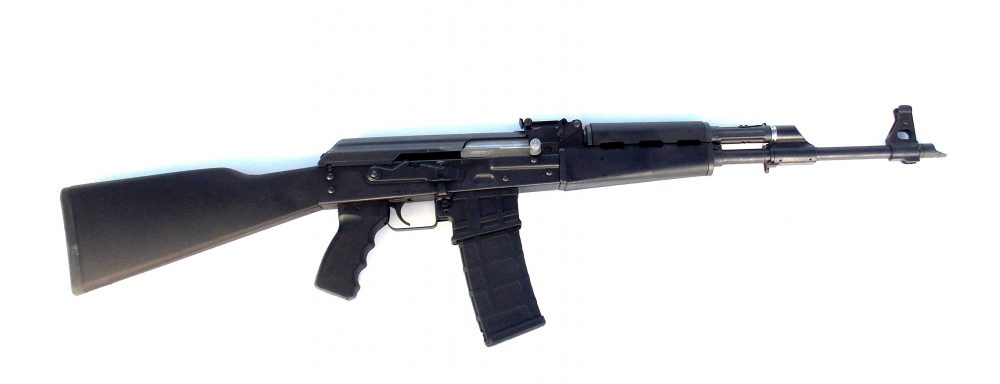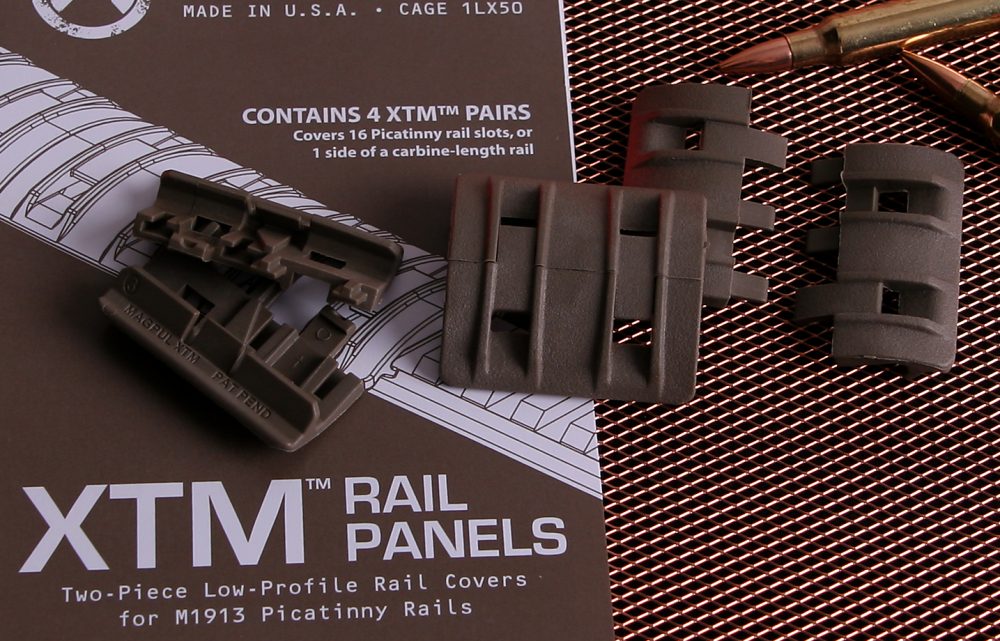During my LAPD Academy days, we were debriefed on historical shootings on the LAPD. On the back lot of Universal Studios, SWAT debriefed us on the most famous ones during our one-day SWAT/Officer Survival training, a day that sadly no longer exists.
These lessons sought to explain the history of the department you were joining and to emphasize the inherent dangers associated with your new-found career. Note that I used the word “career” as opposed to “job.” It was who you were to become and it was up to you to make your mark.
History plays an important role in any profession. It informs you how things came to be. It enlightens you as to who preceded you and therefore what was expected of you. It relates a sense of history of being and, most importantly, of pride in not diminishing through your actions the history of the institution you are entering.
There are many types of histories. As ours specifically deals with gunfighting, some of you might be interested to know there are some excellent works penned by authors long since departed from the curling blue, acrid smoke of the gun barrel.
Skeeter Skelton, Bill Jordan, Charles Askins, Elmer Keith, Ed McGivern, and Jeff Cooper come to mind. Each has his own unique take on the subject based on his personal experience. Each presents the material in his own specific way.
All of them eschewed editing on any level by anyone else, as it was their own personal experience and voice they had penned to paper, and words do, in fact, matter. I am in total agreement on this point.
Throughout the years, I have collected books on all manner of subjects. Recently I came across a copy of Col. Charles Askins’ work On Pistols and Revolvers that had a receipt tucked in the pages. It was from the Pachmayr Gun Works at 1220 So. Grand Ave, Los Angeles, dated 4/24/82 for the grand sum of $34.61. It was signed and numbered copy #102. I can’t even remember purchasing it, but it would have been shortly after I entered LAPD/SWAT.
It now lists on Amazon for $720.95. Talk about an investment!
I direct those of you of a literary bent to take up these works because nothing really new is out there. Past published works relative to our subject material are possessed of humor, insight, experience, and verbiage long gone from our current day-to-day lexicons.
For example, shooting on the move is discussed and photographed in Fast and Fancy Revolver Shooting by Ed McGivern. This was in the 1920s and 1930s. Elmer Keith was hitting targets at 1,000 yards with a .357 around the same era. Most of these men had a unique style of literary prose that made one ponder and laugh in the same moment.
The authors employ some long-bygone terms, such as
- handy with the steel
- hard by the cane breaks
- hard bitten
- tough hombre
- blue steel lightning
- lead pills
- fanning the hammer
- cut loose
- slap leather
And many other colorful descriptors. These bring a certain character to the writing and evoke a bygone era.
Were any of these men to return to modern-day policing, they would find it a wholly foreign and alternate reality indeed, and I don’t mean to say this is a bad thing by any stretch of the imagination. In today’s society, we are where we need to be and accountable for that which we should be accountable for.
But history is history, and men such as these laid the groundwork for what you experience today. Some of these men relate gun battles that raged all day and night without as much as a simple written account of actions taken, as far as I can tell.
Weapons choice was pretty much up to the individual, as far as I can tell as well. The same goes for “handloads” and such. Yup, for sure they were wild and woolly times back then.
The pay was meager at best, with nary a benefit to be found. (Remember this next time you complain about your air-conditioned police cruiser or overtime or lack thereof.)
In many cases, these men were without back-up for hundreds of miles when facing some pretty staggering odds. Police radios? Forget it. O.C. spray, Tasers, less-lethal projectiles … nope. They were truly on their own.
I believe it was Charles Askins who, as a newlywed, oiled his dirt floors with coal oil to keep the dust down in a home constructed of railroad ties situated by the border.
Can you imagine that now? “What the hell are you doing, Scott?” “Just putting a little coal oil on the floors, honey … keeps the dust down!”
Imagine pay well under $100 a month or the fact that you had to personally purchase most of your gear with no reimbursement. You had to handload your practice rounds, because factory rounds cost too much.
History on any subject gives one insight into just how and why things came to be as they are. Tactics and equipment employed today were unheard of back in the day.
Research the authors mentioned above. Locate their works, sit back and read, and ponder what it was like to be engaged in law enforcement some 60 or 70 years ago.
We all have a history, and gunfighting most certainly is a colorful one.
Scott Reitz is a 30-year veteran of the Los Angeles Police Department and director of the highly acclaimed International Tactical Training Seminars. Course information and schedules are available at their website at www.internationaltactical.com. Scott also co-hosts the Oxygen channel true-crime series It Takes a Killer.






